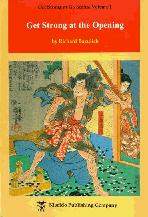
 |
175 problems in the opening (fuseki) ranging in difficulty from easy to difficult. This book is an ideal introduction to the field of fuseki and should be studied by every beginning player. The problems begin with an analysis of the Chinese, niren-sei, sanren-sei, Shusaku, and tatsuki (diagonal) fusekis as well as other important opening strategies. The remainder of the problems are designed to hammer home to the reader the basic principles of the fuseki. |
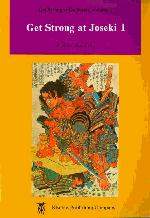 |
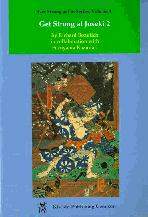 |
 |
| K52: Get Strong at Joseki, Vol. 1 178 problems on josekis arising from playing the first corner move on the 3-4 point. |
K53: Get Strong at Joseki, Vol. 2 172 problems on josekis arising from playing the first corner move on the 5-3 point and 5-4 point. |
K54: Get Strong at Joseki, Vol. 3 194 problems on josekis arising from playing the first corner move on the 4-4 point and the 3-3 point. |
 |
After the players have mapped out their spheres of influence in the opening, invading these areas is a basic technique of the middle game. Here are 171 problems systematically covering the standard invasions on the side and the corners, attacking corner enclosures, and erasing large territorial frameworks. |
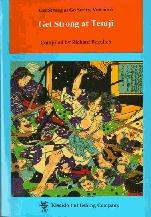 |
Contains 534 easy to intermediate problems of every type of tesuji. If you want to get strong at tesuji, it is not necessary to solve difficult problems; rather, it is more important to solve a lot of easy problems. By studying tesuji in this way, you will sharpen your intuitive skills to the point that you will be able to find the right tesuji in your games at a glance. This is the book that will bring your tactical ability up to that of an expert player. Especially recommended for players who have just learned the rules. Even strong players will be able to improve their tesuji skills through
the repetitive practice provided by the problems in this book. Independent review: http://www.gobooks.info/k56.html |
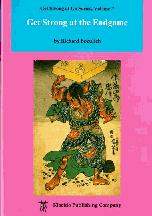 How do you win a won game?
How do you win a won game?Independent review: gobooks.nemir.org/books/k57.html
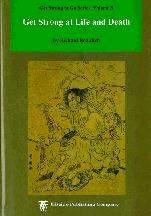 Killing isolated groups or finding a way to make two eyes for them is an important technique that every go player must acquire. Positions in which you must determine whether a group is alive or dead occur in almost every game, and the player whose skill at killing a group or finding the moves that will give his own group two eyes stands the better chance of staging an upset.
Killing isolated groups or finding a way to make two eyes for them is an important technique that every go player must acquire. Positions in which you must determine whether a group is alive or dead occur in almost every game, and the player whose skill at killing a group or finding the moves that will give his own group two eyes stands the better chance of staging an upset.Independent review: http://senseis.xmp.net/?GetStrongAtLifeAndDeath
For errata, see http://senseis.xmp.net/?GetStrongAtLifeAndDeath%2FErrata
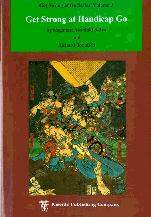 |
This book contains problems from 9-stone to 2-stone handicaps.The discussions look at the solution not only from Black's point of view but from White's as well. |
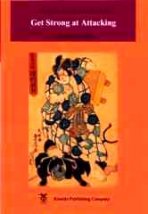 |
Get Strong at Attacking covers an often neglected phase of go: attacking in the middle game. Accurate analysis, spotting tesujis, and killing or rescuing stones are the backbone of middle-game strength. But creating or finding vulnerable stones, then attacking them correctly is an equally important technique and one that many amateurs are deficient in. The 136 problems in this book illustrate:
A thorough study of the problems in this book will develop your overall sense of go strategy. If combined with a study of tesuji and life-and-death problems, your quest to become a dan-level player will be that much easier. To read the introductory chapter |